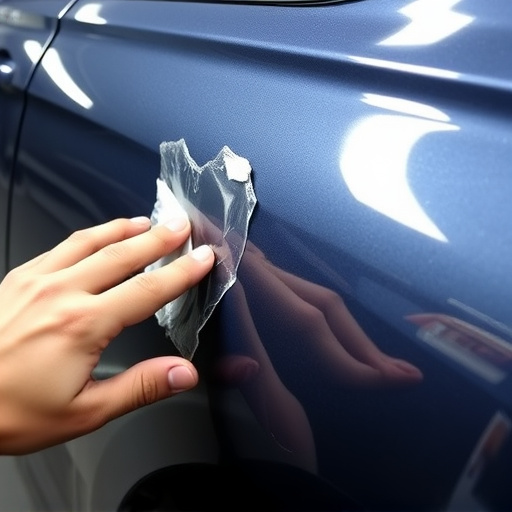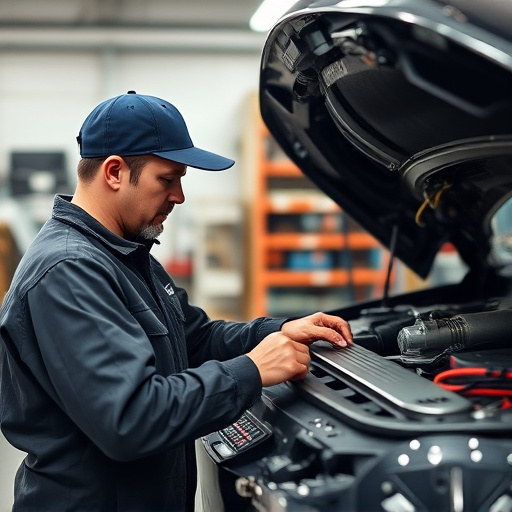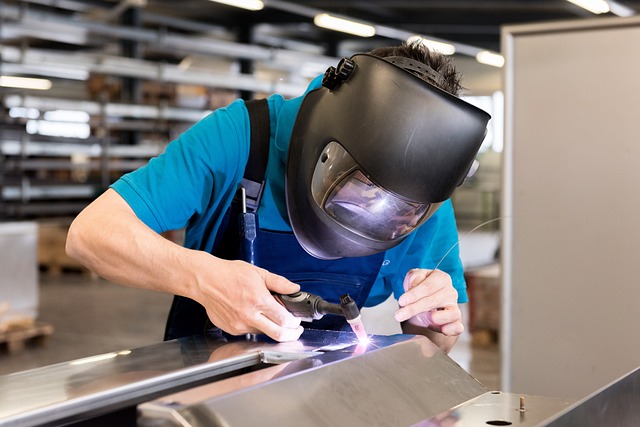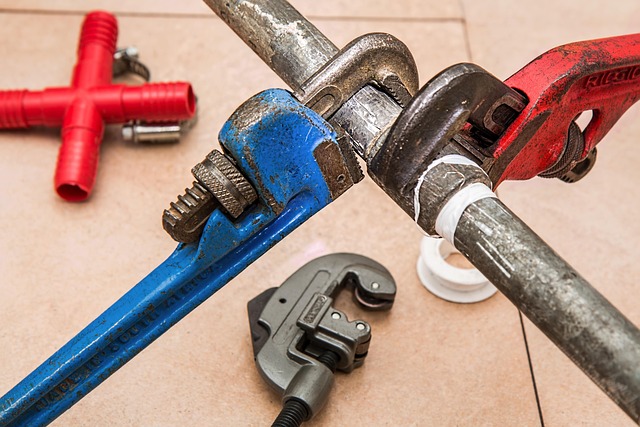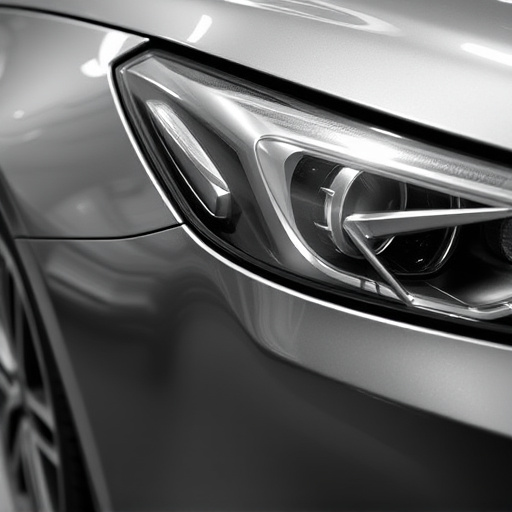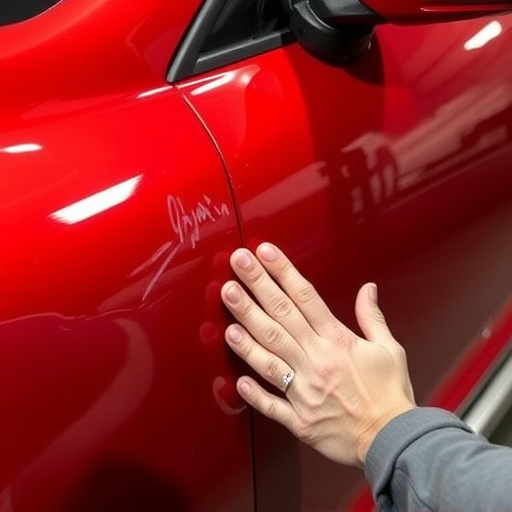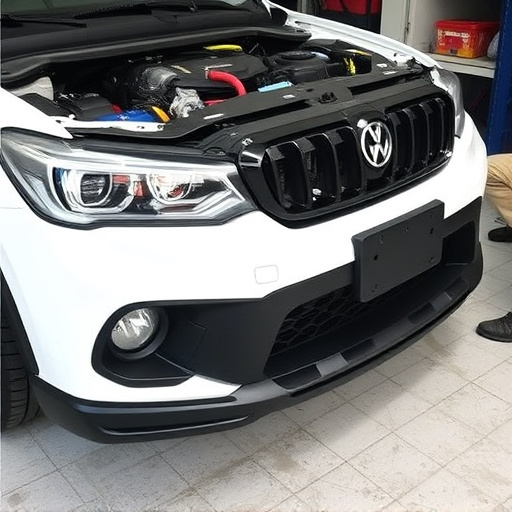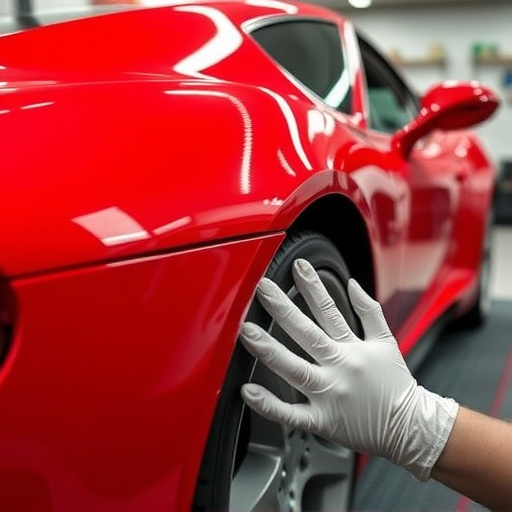Mercedes aluminum welding is a specialized process in modern automotive manufacturing that reduces vehicle weight and enhances fuel efficiency. It requires precise control, advanced equipment, preheating, post-weld heat treatment, and careful pressure application to meet high standards. Post-weld structural verification ensures the integrity of frames and body panels, with non-destructive testing methods identifying potential flaws. This process is crucial for luxury vehicle manufacturers like Mercedes-Benz, prioritizing quality, safety, and precise welding techniques in collision repair services.
Mercedes aluminum welding is a key process in modern automotive manufacturing, ensuring lightweight yet robust components. This article delves into the intricacies of this advanced technique, focusing on both the welding process and the critical step of post-weld structural verification. We explore how meticulous quality control, including rigorous testing and inspection, guarantees the safety and performance of Mercedes vehicles, setting a benchmark in the industry for aluminum welding excellence.
- Mercedes Aluminum Welding: A Closer Look at the Process
- The Role of Post-Weld Structural Verification
- Ensuring Quality and Safety in Automotive Manufacturing
Mercedes Aluminum Welding: A Closer Look at the Process
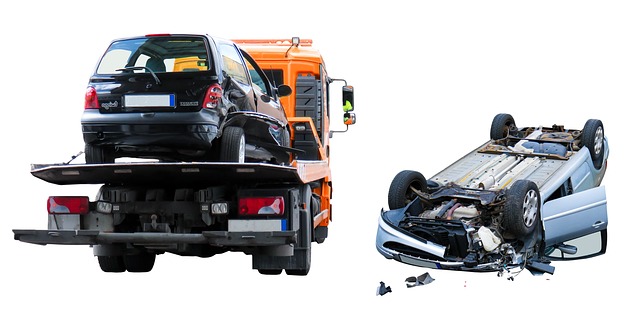
Mercedes aluminum welding is a specialized process that involves joining lightweight aluminum alloys used extensively in modern automotive manufacturing. This technique has become increasingly important as carmakers strive to reduce vehicle weight and improve fuel efficiency, key factors in today’s competitive market. The process requires precise control and advanced equipment to ensure robust and durable welds, mirroring the high standards set by Mercedes-Benz itself.
In an automotive body shop or auto repair shop equipped for Mercedes aluminum welding, technicians utilize specialized machinery and expert knowledge to create strong bonds between aluminum components. This may involve preheating, post-weld heat treatment, and precise pressure application during the welding process. Post-weld structural verification is a crucial step, ensuring that the welds meet strict quality standards and that the integrity of the vehicle’s frame or body panel remains intact after the welding procedure, including any required frame straightening.
The Role of Post-Weld Structural Verification

Post-weld structural verification is a critical step in Mercedes aluminum welding, ensuring the integrity and safety of the final product. After the welding process, thorough inspection and testing are necessary to verify that the welded components meet the required structural standards. This involves assessing the strength, rigidity, and overall stability of the assembly, which is paramount for vehicle performance and passenger safety, especially in modern automotive designs where aluminum is increasingly used for its lightweight properties.
In the context of Mercedes aluminum welding and auto body work, this verification process plays a pivotal role in identifying any potential weaknesses or defects that might have gone unnoticed during the initial weld. It includes non-destructive testing methods such as ultrasonic testing, radiographic inspection, and magnetic particle inspection to detect internal flaws. Additionally, for vehicle repair and tire services involving aluminum components, structural verification helps guarantee that repairs are made accurately, preserving the vehicle’s structural integrity and performance capabilities.
Ensuring Quality and Safety in Automotive Manufacturing

In the automotive industry, ensuring quality and safety is paramount, especially for luxury vehicle manufacturers like Mercedes-Benz. Mercedes aluminum welding plays a critical role in upholding these standards during manufacturing processes. High-quality welds are essential to guarantee structural integrity and overall vehicle performance. By utilizing advanced welding techniques specific to aluminum, such as laser welding or resistance spot welding, Mercedes ensures precise and reliable connections between components.
This attention to detail extends beyond the assembly line, particularly relevant in collision repair services. When a vehicle experiences a collision, accurate post-weld structural verification becomes even more vital. The process involves meticulous inspections to confirm that welds meet the required specifications, ensuring the vehicle’s safety and structural soundness. This commitment to excellence not only protects the reputation of Mercedes but also guarantees customer satisfaction and peace of mind, especially in the event of a collision or repair.
Mercedes aluminum welding, with its meticulous process and post-weld structural verification, ensures unparalleled quality and safety in automotive manufacturing. By employing advanced techniques and rigorous checks, the industry sets new standards for strength, lightweight design, and durability, all of which contribute to more efficient vehicles and a safer driving experience. This attention to detail is pivotal in staying ahead of evolving regulations and consumer expectations.
